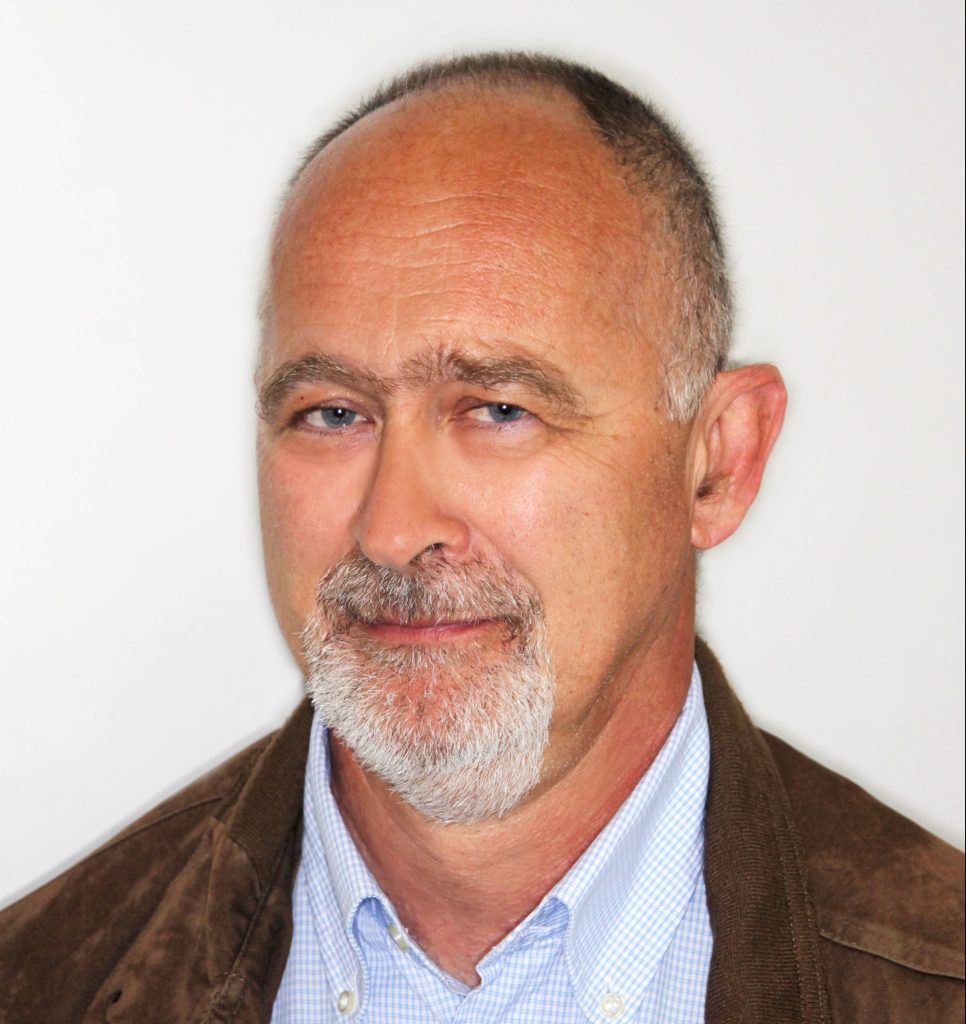
September is quintessentially the month of return from vacation, so it is not uncommon for this month to be characterized by the so-called post-vacation blues. What are the main symptoms of this syndrome?
Thank you for this question, which allows me to point out how the current use of technical terms often results in their departure from their proper meaning.
“Syndrome” is the foundation of psychiatric nosography and in it psychopathological symptoms are never an isolated phenomenon.
They happen together with other symptoms, linked together in a unity of clinical diagnostic meaning from which derive the necessary indications for treatment of a specific form of suffering.
I do not consider it useful to “medicalize the reentry” with the isolated stress symptoms as a sporadic and transient feeling of discomfort with some difficulty in concentration and irritability accompanied in some cases by mild sleep or appetite disturbances.
Stress, on the other hand, is not always synonymous with “illness”, and the necessary adaptations to the various moments of life can also be completely normal phenomena that have nothing to do with the stress syndromes described in psychiatric nosography for which diagnosis and treatment are provided. It remains only to be normally happier to go on vacation than to go back to work but, on the other hand, it is good to remember that one went on vacation because one was able to work. True stressful conditions are found where both one and the other are not possible.
Along with post-vacation blues with September comes the risk that seasonal depression will also begin to appear. Can you tell us what it is?
Depression with seasonal pattern is a form of Depressive Disorder that, in some people, begins with autumn and ends with spring. The episode must occur with the same characteristics of seasonality for at least two consecutive times and without other factors having influenced the course.
For at least two weeks, symptoms such as depressed mood for most of the day; loss of interest; major changes in weight and/or sleep; difficulty concentrating; fatigue and lack of energy; feelings of guilt and self-evaluation; and thoughts of death should be experienced.
Most importantly: “The symptoms cause clinically significant distress or impairment of functioning in social, occupational, or other important areas” (DSM V). In this case we are dealing with a psychiatric syndrome that should therefore be treated by a specialist.
Early and appropriate diagnosis is also important because in seasonal depression, nonpharmacological treatments such as Light Therapy – i.e., exposure to a particular type of lamps that emit filtered, non-harmful light radiation of the intensity of 10,000 lux – have also been shown to be effective. The biological clock of these patients cannot adapt to the rhythm of the seasons, but giving them back the light intensity of summer facilitates a more effective adaptation and better response to therapy without any side effects.
What self-care strategies can be implemented to counter these phenomena?
Again, I would like to distinguish “self-care”, as a technical expression belonging to the nursing disciplines with Dorothy Orem’s Theory, from the more general, but no less important, taking care of oneself.
For the latter, rather than giving general advice I would focus on the aspect of personal time with a simple consideration: work days have obligatory rhythm, vacation days do not (if all goes well).
The unobligated time is the one that allows us to explore and listen to ourselves, from which those parts of us that are more spontaneous and free from the conditioning of everyday life emerge: it is the one in which we recognize ourselves.
September self-care should focus on preserving with all care that inner experience one has had, which is independent of the sea, mountain, leisure, adventure, city or culture crossed. What we miss most during the year is the image of ourselves that we had discovered and maybe we should try to find it again by flipping through the photographs of the vacation that, as it were, is really only the frame of that image.
Self-care is that continuous reflective process through which, in recognizing ourselves, we see others better and are better with them.
In the medical field everything we have been talking about is even more pronounced. How specifically can medical professionals combat these problems?
This question calls me into question as a person as well as a physician, and I make no secret of the difficulty of answering it objectively at this historical moment in the world of health care, when it is not uncommon for vacations to be reduced or fragmented due to various service needs.
Health care professionals are human beings like others, and what has already been said should also apply to them. However, it should be emphasized that, for health professionals, the daily scope of work is that of suffering.
Certainly it is a life choice, and perhaps the confirmation of this thought may ease its burden but not absolutely guarantee the maintenance of the fundamental balance between internal and external health demands to which the sanitarian is subjected. Just think of the Italian constitutional dictate that states in Article 32: “The Republic shall protect health as a fundamental right of the individual and an interest of the community”.
The sanitarian is the one who stands between “right” and “interest,” he is the professional who must guarantee both and who today is less and less guaranteed in doing so with increased internal suffering for him and the community.
I would conclude with the hope that we will first return to working in terms of sustainability and then, perhaps, look at ways to combat the “health care return syndrome”.
